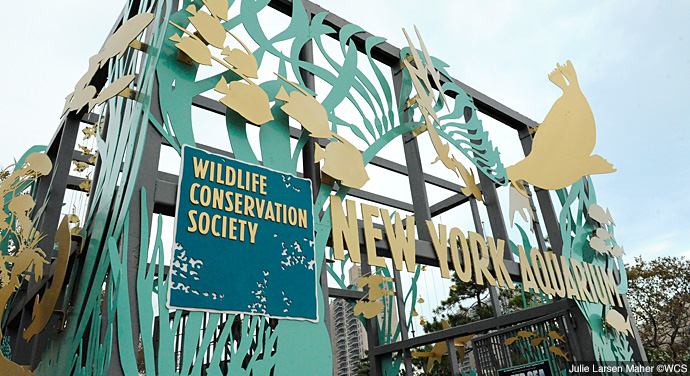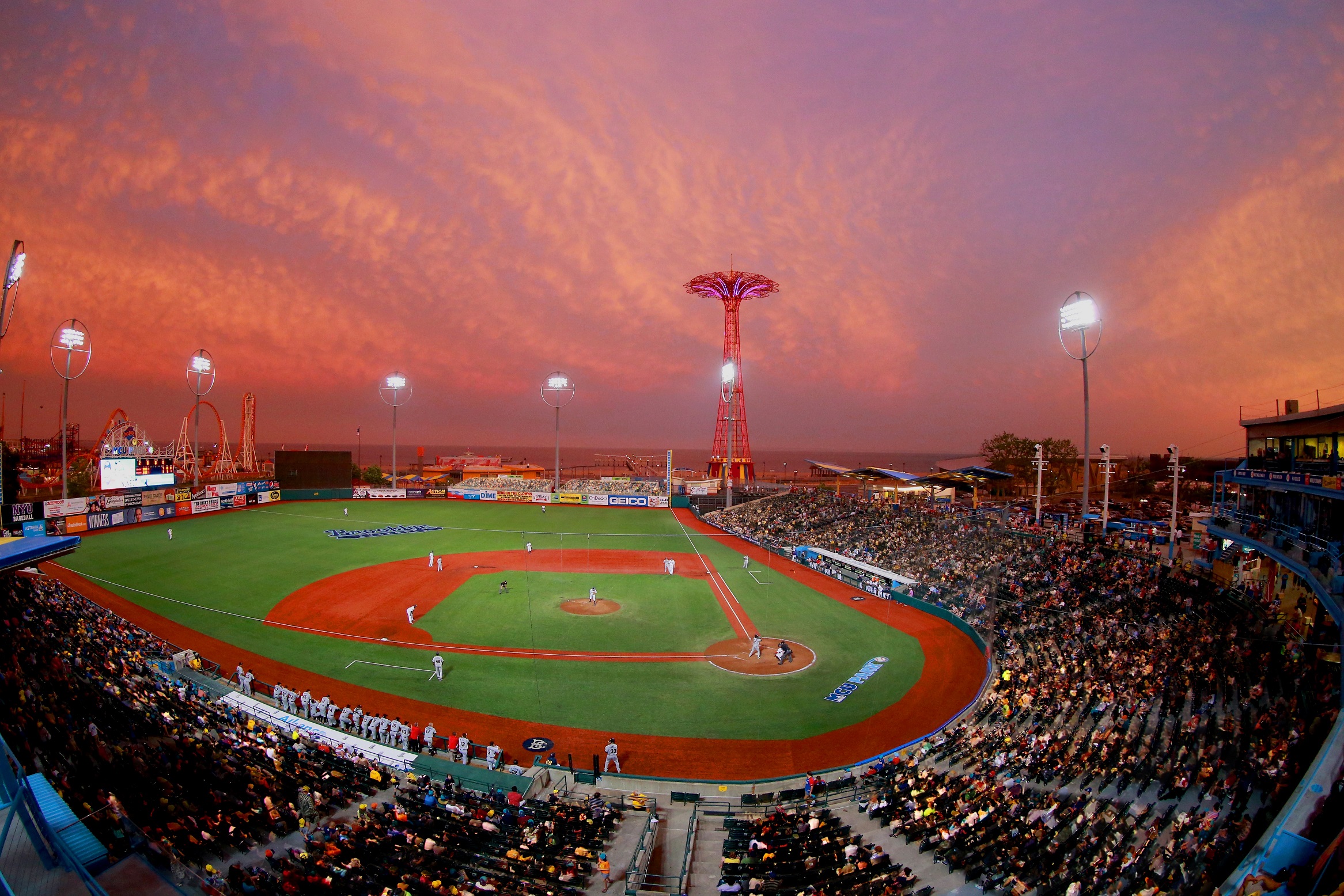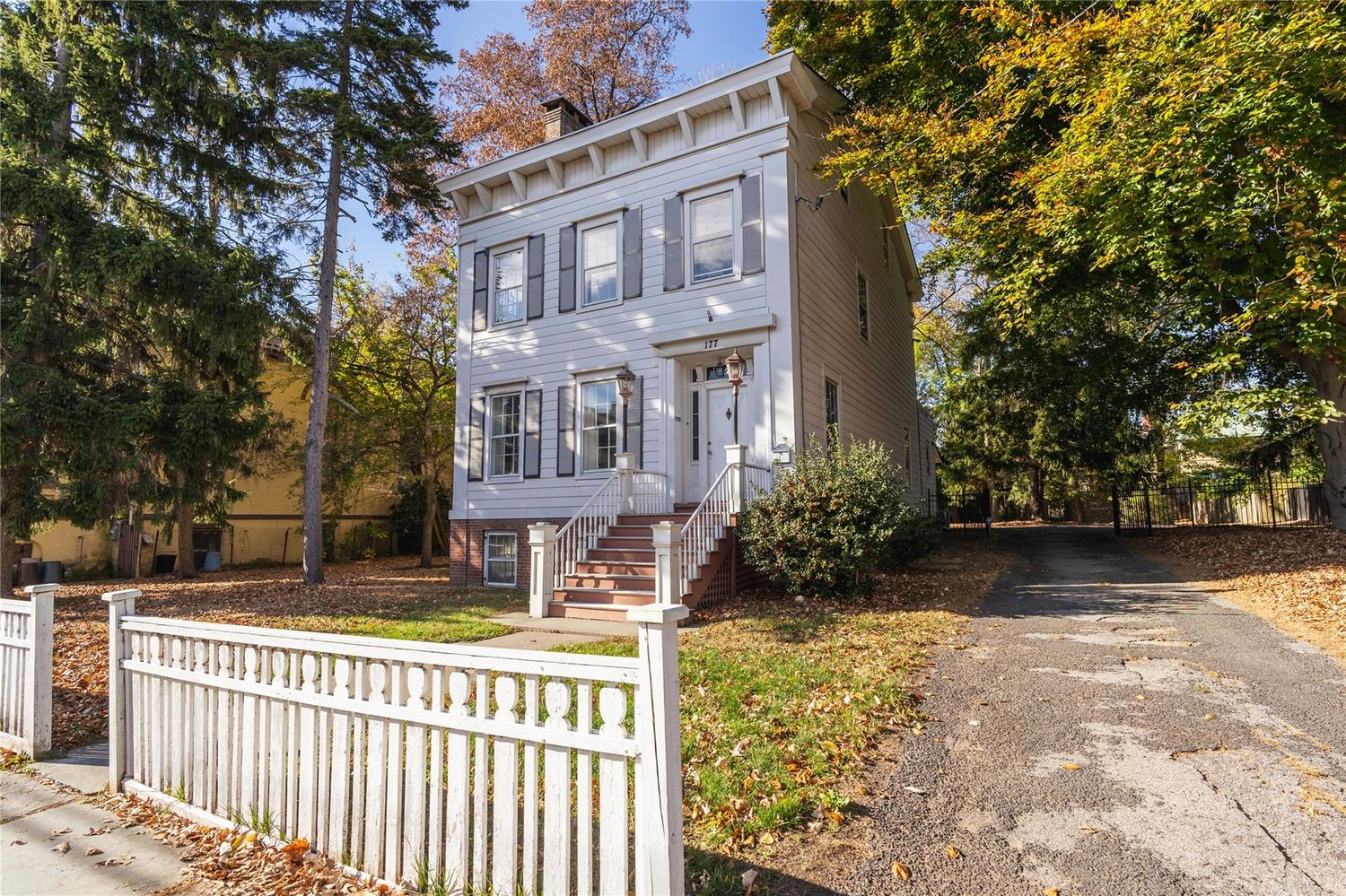Coney Island: Brooklyn's Playground
This post courtesy of Explore Brooklyn, an all-inclusive guide to the businesses, neighborhoods, and attractions that make Brooklyn great. Geographically, Coney Island is a sandy peninsula, formerly an island, just beyond lower New York Bay about five miles south of Manhattan that is about 4 miles (6.4 km) long and 0.5 miles (0.80 km) wide. Culturally,…
This post courtesy of Explore Brooklyn, an all-inclusive guide to the businesses, neighborhoods, and attractions that make Brooklyn great.

Geographically, Coney Island is a sandy peninsula, formerly an island, just beyond lower New York Bay about five miles south of Manhattan that is about 4 miles (6.4 km) long and 0.5 miles (0.80 km) wide.
Culturally, however, it is one of the most significant and recognizable neighborhoods in New York City. From its early days as one of the world’s first sea resorts to its mid-20th Century status as a symbol of urban blight, it became a powerful emblem of Brooklyn’s resurgence.
Pavilion of Fun postcard by Coney Island History via Facebook.
 Coney Island Amusement Parks by Chuck C. via Yelp
Coney Island Amusement Parks by Chuck C. via Yelp
Early history
When Henry Hudson first sighted the beach at Coney Island in early September 1609, the land was nothing more than desolate sand dunes, clam beds and wind-blown scrub that stretched for five miles along the shore of the Atlantic Ocean.
The island is believed to have derived its name from the Dutch who settled there at the beginning of the 17th Century. In fact, the original Dutch names “Konijn Kok” and “Konijn Eiland” first evolved to “Conyne Island” by the English and later to the easier sounding Coney Island. The original Dutch “Konijn” referred to the plentiful rabbits, or coneys, that shared the beach with the indigenous Canarsie tribe.
 Coney Island sand sculpture by Rory Q. via Yelp
Coney Island sand sculpture by Rory Q. via Yelp
The Resorts
In the 1820s, a group of local entrepreneurs sought to build a road to access the beach, since the only approach at the time involved crossing Coney Island Creek at low tide. Led by a town supervisor, they formed the Coney Island Road and Bridge Company as a private enterprise and in 1829 the company built the Shell Road. They also built a hotel called the Coney Island House, which marked the beginning of summer resort business.
In 1840, a retired school teacher named John Wyckoff opened a hotel to rival the Coney Island House. His hotels and one or two others catered to excursionists wealthy enough to own carriages.
The Coney Island House and various other hotels attracted many notables during the late 1840s. Washington Irving brought his niece to Coney in 1848 and Herman Melville, author of Moby Dick, visited a year later. Phineas T. Barnum accompanied singer Jenny Lind, the “Swedish nightingale,” in 1850.
 Luna Park at Night by Anthony F. via Yelp
Luna Park at Night by Anthony F. via Yelp
Amusement Parks
Starting around 1880 and continuing until World War II, Coney Island was the largest amusement area in the United States, attracting millions of visitors each year. At its height it contained three competing major amusement parks—Luna Park, Dreamland, and Steeplechase Park—as well as many independent amusements.
The completion of the subway in 1920—combined with the opening of the beach to the public in 1923—brought about the apex of Coney Island as the people’s playground. Because of the five-cent subway fare, Coney Island became known as the “nickel empire.” From the beginning of the century to the early 1920s, weekend visitors swelled from 100,000 to more than half a million. Also in 1923, Coney Island’s world famous boardwalk opened.
After World War II, Coney Island’s popularity began to decline and businesses started closing for many reasons, including greater access to the beaches and state parks of Long Island. Luna Park closed in 1946 after a series of fires and the street gang problems of the 1950s.
Astroland served as a major amusement park from 1962 to 2008, and was replaced by new incarnations of Dreamland in 2009 and Luna Park in 2010. Other parks and attractions include Deno’s Wonder Wheel Amusement Park, 12th Street Amusements, and Kiddie Park, and the Eldorado Arcade has an indoor bumper car ride.
 Luna Park’s Thunderbolt
Luna Park’s Thunderbolt
In 2015, Luna Park unveiled its brand new 115-foot tall Thunderbolt to replace the original wooden Thunderbolt, which ran from 1925 to 1982. With a 90-degree descent, five inversions, and speeds of up to 55 miles per hour, it’s not for the faint of heart, but certainly worth the price of admission to the ride (Luna Park is free to enter, visitors pay per ride).
Coney Island Today
Today, the neighborhood is home to approximately 51,000 permanent residents, most living in approximately thirty 18- to 24-story towers, composed of various forms of public housing. Since the 1990s there has been steady revitalization of the area. Many townhouses were built on empty lots, popular franchises opened, and Keyspan Park, since renamed MCU Park, was built to serve as the home for the Brooklyn Cyclones minor league baseball team.
 Mermaid Parade by Invertzoo via Wikipedia
Mermaid Parade by Invertzoo via Wikipedia
The Mermaid Parade
In the 1980s, local artists began to reclaim Coney Island. In 1983, local arts group Coney Island USA started The Mermaid Parade. Each year on the first weekend after the summer solstice, participants dress up and create floats themed according to a variety of sea creatures and myths, some organizing themselves into marching bands and dance teams. The parade ends at the beach where King Neptune, the grand marshal, “opens the sea” for summer swimming.
 Sea Otter by New York Aquarium via Facebook
Sea Otter by New York Aquarium via Facebook
New York Aquarium
The New York Aquarium is the oldest continually operating aquarium in the United States, having opened in Castle Garden in Battery Park, Manhattan in 1896. Since 1957, it has been located on the boardwalk at the intersection of Surf Avenue and West 8th Street, across the street for the F and Q train stop.
Though it suffered losses in 2012’s Hurricane Sandy, the Aquarium has bounced back and continues to be a great place for people interested in aquatic wildlife, from its famous octopus to its daily sea lion shows at the Aquatheater. Through the Wildlife Conservation Society, the aquarium is associated with the Prospect Park Zoo, Central Park Zoo, Queens Zoo and the Bronx Zoo, making family membership a great way to enjoy and help preserve the world’s endangered species.













What's Your Take? Leave a Comment